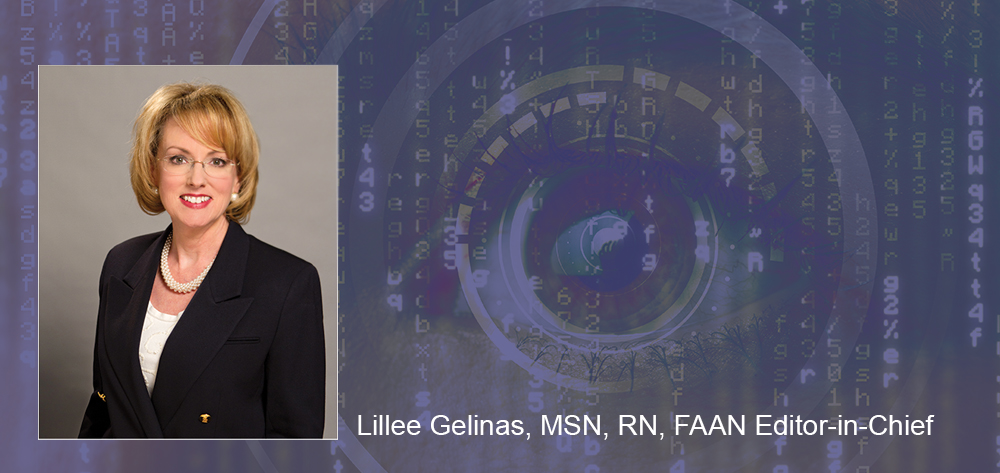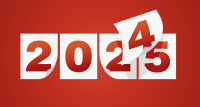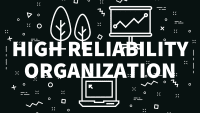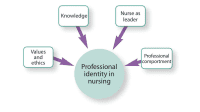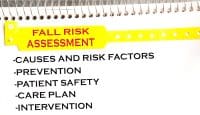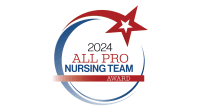ALTHOUGH HEALTH CARE has been changing rapidly, staffing models have stayed essentially the same for decades. Those models rely solely on financial and patient-volume metrics to drive operational decisions related to nurse staffing. As a result, limited budgets contribute to short or unsafe staffing. Patients and consumers seem to be missing from the equation.
Eleven states now have nurse-staffing regulations for acute care; obviously, more and more legislators and consumers understand the importance of safe staffing. So it’s no surprise that nurse staffing driven by patient acuity is a hot topic across the country.
We need a new way to approach nursing workloads that meets patients’ needs while enabling nurses to provide safe, effective care. Nurses have struggled to measure patient acuity for years, but this is a new day. Nursing documentation generates rich clinical data in the electronic health record, and computer analysis of the data provides better decision support for nurse staffing. Three recent events have further informed my thinking about staffing and acuity systems. I’d like to bring them to your attention.
• The American Nurses Association (ANA) released “Optimal Nurse Staffing to Improve Quality of Care and Patient Outcomes,” a white paper that helps nurses make the case for optimal nurse staffing. In a November 2015 statement accompanying the release, ANA stated, “To achieve quality care, better patient outcomes and financial stability, optimal nurse staffing should be viewed by healthcare employers as a necessity rather than an option—particularly as healthcare reforms and new regulations take hold.”
• Last December, American Nurse Today presented the educational program “Using Acuity: Optimizing Patient Care and Nursing Workload” to stimulate a national dialogue about the need for staffing based on valid acuity systems. Sponsored by Cerner Corporation, the event convened researchers and practice experts to discuss tools for achieving better staffing systems to yield better outcomes. Read a report of the event in this issue.
• The American Nurses Foundation, ANA’s charitable and philanthropic arm, has convened a panel to develop materials that help nurses make informed decisions about staffing systems. This work is ongoing.
Although the white paper, acuity educational program, and staffing-systems panel were developed independently of each other, the synergies and alignment of information showcase how the evidence and industry experience are creating the platform for new implementation strategies. Here are just a few of the important points related to staffing:
1. Tremendous variations exist across staffing systems, resulting in varying clinical, operational, and economic outcomes.
2. Many staffing systems are antiquated and can’t accommodate rapid changes in the patient demand for care.
3. Safe staffing achieves measurable clinical and economic outcomes. In today’s value-based healthcare world, this means that valid staffing practices based on acuity are even more important to organizational success.
4. Valid and reliable staffing systems can be used to understand acuity, “churn,” and real-time census, helping to ensure consistent care for every patient.
With most healthcare organizations elevating the importance of patient experience in their operational strategies, we can’t forget staffing is a crucial aspect of the overall patient experience. Staffing based on valid, reliable systems helps ensure patient needs are met and high-quality, compassionate care is delivered reliably. At the end of the day, isn’t that what all nurses want?
Yes—these times are different and we have an acute need for change. Nurse leaders are using different staffing models based on new acuity systems to improve patient care and balance nursing workloads. And they’re doing it with or without staffing legislation or union contracts in place. Research, evidence, and a wealth of practical experience have formed the foundation for a credible business case to drive change related to staffing. That’s good news for patients, nurses, and our profession.

